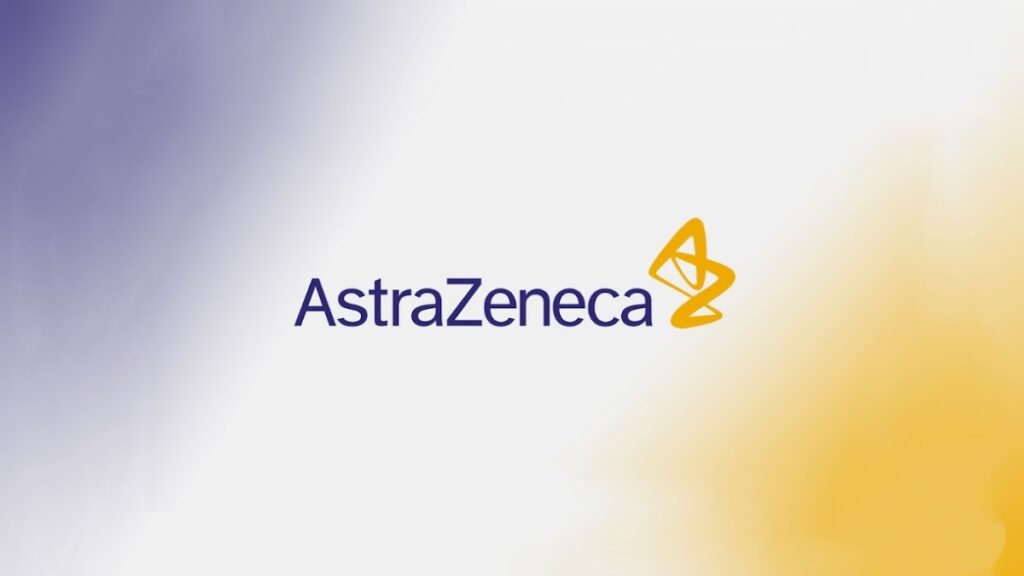Global biopharmaceutical leader AstraZeneca has entered a strategic partnership with Algen, a rising biotech firm specializing in AI-driven gene-editing technologies. Valued at up to $555 million, the deal gives AstraZeneca access to Algen’s proprietary platform to accelerate the development of next-generation therapies targeting the immune system.
AI Meets Gene Editing
Algen’s platform combines artificial intelligence with CRISPR-based and other gene-editing systems, enabling precise genomic modifications while reducing off-target effects. The AI-driven approach allows researchers to model and predict outcomes, streamlining the discovery and development of new therapies.
For AstraZeneca, integrating this technology enhances its immunology research capabilities, allowing the company to engineer immune cells with greater accuracy. Applications include treatments for autoimmune disorders, inflammation, and oncology.
Strategic Expansion in Genomic Medicine
The partnership aligns with AstraZeneca’s growing focus on advanced therapeutics, including cell and gene therapies. Executives emphasize that gene editing holds promise for addressing diseases resistant to conventional drugs.
“By integrating Algen’s AI-guided gene-editing tools into our R&D ecosystem, we can design immune-based therapies with unprecedented accuracy and efficiency,” AstraZeneca stated.
Deal Structure and Potential Impact
The agreement includes upfront payments and performance-based milestones totaling $555 million. AstraZeneca will manage downstream development and commercialization, while Algen will receive royalties from future product sales.
Industry analysts see this collaboration as a strong endorsement of AI in biotechnology. The combination of computational biology and genomic engineering is expected to shorten development timelines, reduce costs, and improve success rates for precision medicines.
If successful, the AstraZeneca-Algen partnership could usher in a new generation of immune therapies that precisely target cellular pathways to fight disease — underscoring the growing convergence of technology and life sciences.

